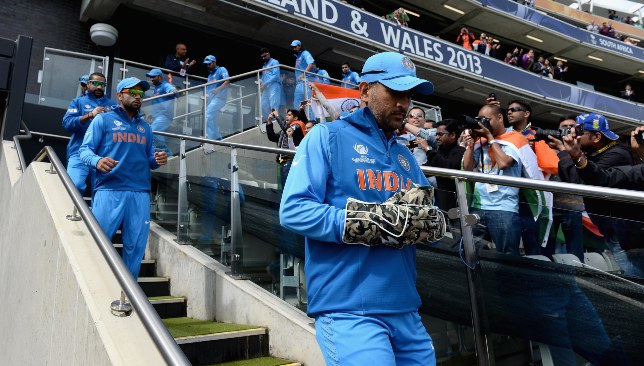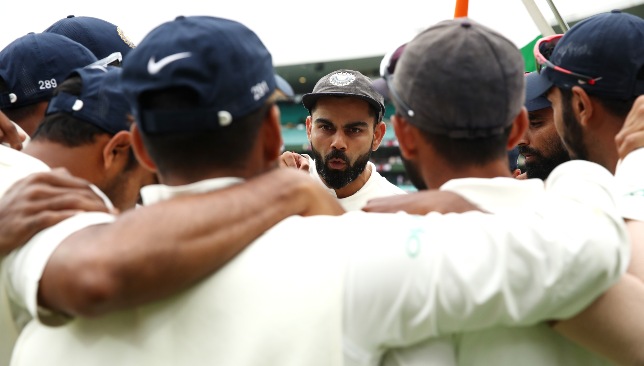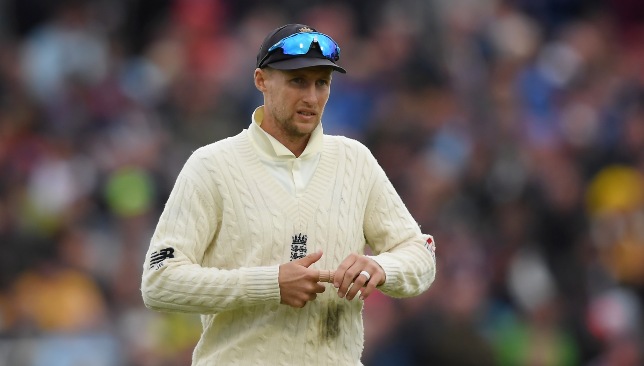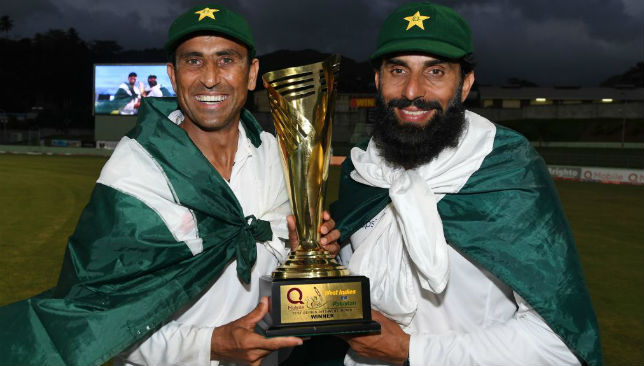
In Australia, only the Prime Minister is considered to be more significant than the country’s cricket captain. Cricket is, after all, one of Australia’s favourite sports and the role of skipper carries huge responsibility.
The responsibility is in no way comparable to those of other sports such as football. The duties of a football captain are very much limited to the coin toss and managing tempers of his or her team-mates if things get heated in the middle of a match.
For a cricket captain, there is no such armband to distinguish him from the rest of his team-mates, but it won’t be hard for any spectator to find out who is the leader on the pitch once match proceedings gets under way.
While the manager or head coach of a team might be the most important person in the job when it comes to football, they work only in the background of a cricket side where a captain takes complete precedence.
Duties performed by a cricket captain
From pre-match to post-match media briefings, a cricket captain is always in the thick of the action. His match-day duties start from selecting his team’s playing XI and then submitting the sheet to the match referee at the time of the coin toss. Should he win the toss, the captain then has to decide whether to bat first or bowl – a decision with huge ramifications in the outcome of the game.

When the team is fielding, the captain’s role becomes highly crucial and he then needs to perform the dual duties of marshalling his fielders around while also selecting which bowler to bring into the attack. The right field placement is the hallmark of a good leader who will designate different positions based on the fielder’s strengths and weaknesses. He also needs to take into account the strengths of the batsmen at the crease while setting the field. More importantly, the bowler and the captain need to be on the same wavelength if they are to execute their plans against the batsmen with precision.
When his team is batting, the captain needs to decide the order in which his batsmen will walk out to the crease. While he may have a certain batting order set before the start of the game, he needs to be able to think on his feet depending on the match situation and implement last minute changes for the benefit of his team.
In a Test match, the captain also needs to take a call on when to declare the innings. Apart from that, he also has to decide whether to enforce the follow-on should his team take a lead of 200 runs or more in the first innings of a Test. While fielding, there is also the matter of whether to take the new ball once it becomes available to his team after a period of 80 overs.
Qualities of a good captain
Different captains will have their own types of personalities and the manner in which they lead their respective outfit may differ greatly. Captaincy is not really a one-glove-fits-all role with various leaders bringing their own styles to the table. However, there are a few traits which any good leader will have in common.
The belief that the best player in the team makes the most optimal captain is not one which rings true for cricket, although there have been many star players who have gone on to enjoy successful leadership stints.
Above all, a captain needs to be able to take tough decisions on and off the pitch and be ready to accept all of its consequences – be it good or bad. Whether it be selecting the right players in the playing XI or deciding which bowler to throw the ball to in a pressure situation, a captain needs to always be able to think on his feet.

Adaptability and decisiveness are important qualities for any good captain and various stages of the game will always throw up unique situations which require different remedies. Making a late change in the batting order, taking an expensive bowler out of the firing line, making unorthodox field placements or bringing on a part-time bowler to break a frustrating partnership – these are all examples of various scenarios which might befall a captain during the same game.
A good captain needs to have a strong character to earn the respect of his team-mates. He also excels at man-management and knows how to deal with varied personalities in the team. While some players might need coddling to get the best out of them, others might require a more straightforward and strict approach to generate the right performance on the pitch. Knowing which correct buttons to push for different players is what sets apart great captains from good or mediocre ones.
For some players, leadership comes naturally while others hone that skill over time with more experience. Being able to inspire the rest of the team into the field of battle is mandatory for all captains.
It is not necessary that a good captain always needs to lead the team from the front, although it is always a desirable quality in a leader. However, the captain does need to be competent enough in his primary role with the bat or ball. More importantly, he will get the best out of his team-mates by providing the right environment for them to be able to express themselves freely.
Knowing the characters and ceiling of his players is also a big plus point for any good captain. The knowledge of how a certain player reacts to a particular situation is vital in identifying the correct batsmen to send in or the right bowler to bring on. There might be times when a certain player goes through a bad run of form for an extended period. A good captain should be able to gauge the mentality of the affected player and then decide if he needs the continuous backing in the face of criticism or time away from the game to rediscover his best form.
Being able to keep emotions in a check is another pertinent trait for any good captain and the leader needs to ensure that he can keep his wits about him when the pressure rises on his team. A captain who loses the plot when things aren’t going in his team’s favour is no good, while a skipper who can keep his side’s feet grounded when everything is going well is much needed.
Being an effective communicator is also vital and a good captain will clearly convey the required standards and performances required from each member of his squad. He will ensure that benchmarks and goals for the team and individual players are identified early and then work with the management to make sure that the targets are achieved.
Heavy is the head that bears the crown
Not all players relish the responsibility of captaincy with many of them wilting under the added pressure the leadership role brings. The current predicament of England skipper Joe Root is a reminder of the pressures of captaincy, with the Yorkshireman’s Test batting average dropping from above 50 before being appointed as skipper to below 40 since taking over the role.
Then, there are those gifted players who continued to put in excellent individual performances when handed captaincy, but failed to lift the team as a whole. Sachin Tendulkar and Brian Lara remain some of the greatest players to have graced the game, but both legendary batsmen struggled in the results column when they were handed the India and West Indies captaincies respectively.

Their individual performances remained stellar and, in fact, even got better in the case of Lara. However, they were not charismatic enough to inspire the rest of the team-mates and the end results were anything but satisfactory. Both Lara and Tendulkar ultimately resigned from their captaincy roles, with their cases underlining the notion that the best players do not make the best leaders.
Another example is that of South Africa stalwart Hashim Amla, whose captaincy stint was criticised, heavily owing to the team’s disappointing results. Ultimately, Amla resigned as skipper after leading the side in 14 Tests before going on to establish himself as one the greatest opening batsmen of his generation.
Natural leaders
On the other hand, there are some players who rise to the task of captaincy when handed the prestigious role. Players like Ian Chappell, MS Dhoni, Brendon McCullum, Misbah-ul-Haq and even Virat Kohli flourished individually while also leading their teams to greater glories once they were appointed as skippers.
All the aforementioned players saw their respective batting averages climb up significantly upon being thrust with the captaincy and the same was the case with Steve Smith before he was stripped of his duties due to the ball-tampering scandal.
Contrasting styles
Not all successful captains have the same personality, although they have been equally effective in delivering the results. The contrast between India’s MS Dhoni and his successor Virat Kohli is stark but both stalwarts are the most successful cricket captains produced by the country.
While Dhoni had a more reserved and stoic demeanour on the field, Kohli is more vocal in his aggression and wears his emotions on his sleeve. There is, however, no denying that both players have been able to inspire their team with Dhoni going on to lift India’s second World Cup title, while Kohli has established the team as the undisputed top dogs of Test cricket.

Misbah-ul-Haq and Sarfraz Ahmed’s personalities couldn’t be more polar opposite either with the former being one the quietest characters on a cricket field, while the latter is well known for publicly admonishing his players when they make a mistake during a game. Both, however, have achieved success in their respective Pakistan captaincy tenures, with Misbah taking a misfiring team to the top of the Test rankings, while Sarfraz guided the side to an unlikely ICC Champions Trophy title in England in 2017.
Conclusion
All captains might not be cut from the same cloth but different approaches and methodologies can bring the same amount of success. The task of a cricket captain is an all-encompassing one and not every player – no matter how gifted he might be individually – is cut out for the role.
A good captain can lift not only his performances, but also those or others around him. For some, the crown of captaincy can weigh them down into the ground to the detriment of the team. Others, meanwhile, are born for the role and relish the responsibilities and burdens captaincy brings with it.
“A captain must make every decision before he knows what its effect will be, and he must carry the full responsibility, not whether his decision will be right or wrong, but whether it brings success,” the great Sir Don Bradman once said.
It is hard to really disagree with the legendary Australia batsman and captain.